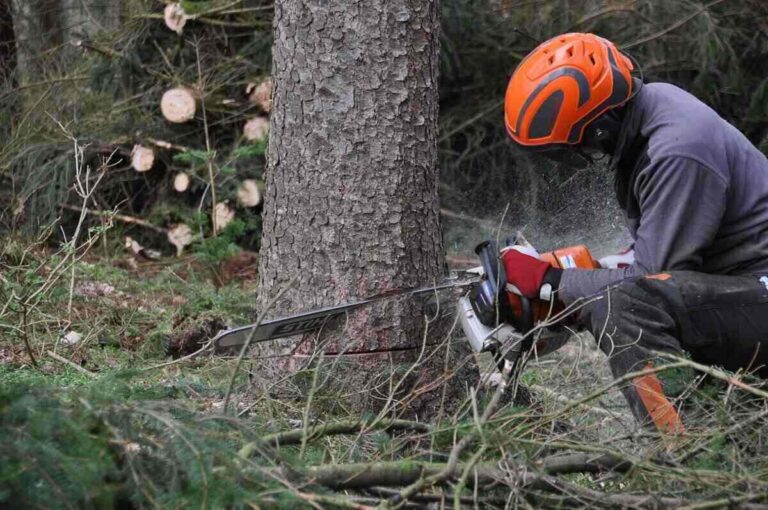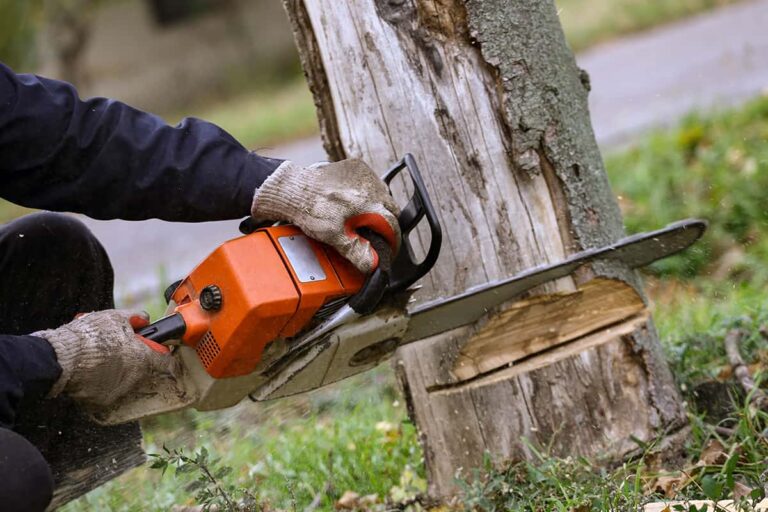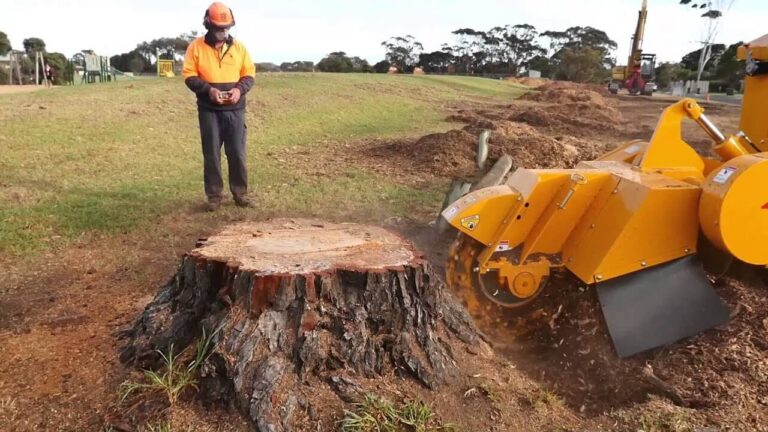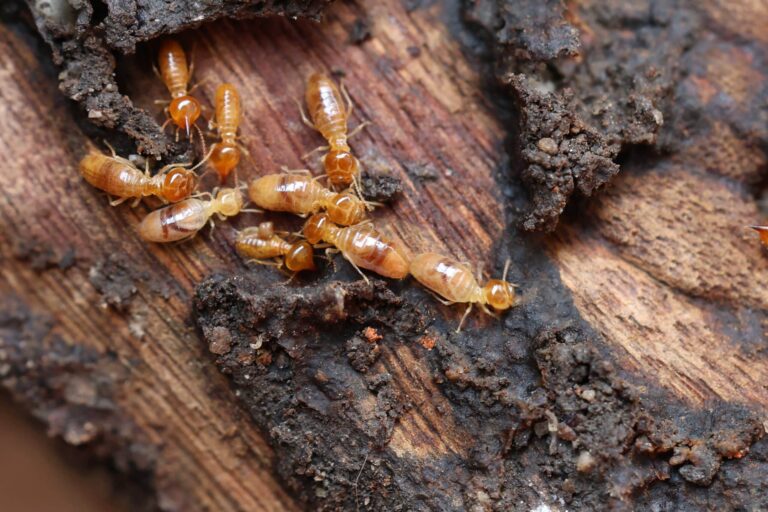Why Pest Control Termite Methods Fail (and How to Get It Right)
Termites are among the most destructive pests, causing significant damage to homes and structures. Despite the availability of various pest control methods, many attempts to eradicate these pests fail. Understanding why these methods often miss the mark can help homeowners and pest control professionals implement more effective strategies. This article delves into the reasons behind the failure of termite control methods and offers insights on how to achieve better results.
Common Reasons for Termite Control Failures
Inadequate Inspection
One of the primary reasons termite pest control sydney fail is inadequate inspection. Many pest control companies rush through the inspection process, failing to identify all potential entry points or signs of infestation. Termites can hide in hard-to-reach areas, such as behind walls or under floors, making it essential to conduct a thorough examination.
Moreover, homeowners often overlook signs of termite activity, such as mud tubes or damaged wood. A comprehensive inspection should include checking the foundation, crawl spaces, and any wooden structures in close proximity to the property. Without a detailed assessment, treatments may be applied ineffectively, allowing termites to persist unnoticed. It is also worth noting that seasonal changes can affect termite behaviour; for instance, during warmer months, termite activity may increase, making it vital to schedule inspections at strategic times throughout the year to catch any potential infestations early.
Improper Treatment Application
Even when inspections are thorough, the application of treatments can be flawed. Many pest control methods rely on chemical barriers or baits, but improper application can render these solutions ineffective. For instance, if a chemical barrier is not applied at the correct depth or concentration, it may fail to repel or eliminate termites.
Additionally, using the wrong type of treatment for the specific species of termite can lead to inadequate results. Different species may react differently to various chemicals, and understanding these nuances is crucial for effective pest control. Furthermore, the timing of treatment application plays a significant role; applying treatments during peak activity periods can enhance their effectiveness. Pest control professionals should be well-versed in the life cycles of different termite species to ensure that treatments are deployed at the most opportune moments for maximum impact.

Failure to Address Underlying Conditions
Termites are often attracted to specific environmental conditions, such as moisture and wood-to-soil contact. If these underlying conditions are not addressed, any treatment applied may only provide temporary relief. For example, if a property has leaky pipes or poor drainage, termites will continue to thrive despite pest control efforts.
Homeowners must take proactive steps to eliminate conducive conditions by repairing leaks, improving ventilation, and ensuring proper drainage around the foundation. This holistic approach is essential for long-term termite prevention and control. Additionally, landscaping choices can influence termite attraction; for instance, storing firewood or mulch too close to the home can create a bridge for termites to access the structure. By maintaining a clear zone around the property and using termite-resistant materials in construction and landscaping, homeowners can significantly reduce the likelihood of infestations and create a less hospitable environment for these pests. Read more about termite resistant materials at https://emedia.rmit.edu.au/dlsweb/Toolbox/buildright/content/bcgbc4010a/09_footing_systems/09_termites/page_002.htm#:~:text=Termite%20resistant%20materials%20include%3A,masonry
Understanding Termite Behaviour
Species-Specific Characteristics
Different species of termites exhibit varying behaviours and nesting habits. For instance, subterranean termites build extensive underground colonies, while drywood termites infest the wood directly. A one-size-fits-all approach to pest control is unlikely to succeed when dealing with such diverse behaviours.
Understanding the specific species involved in an infestation is critical for selecting the appropriate treatment method. For example, while baiting systems may be effective for subterranean termites, they may not work for drywood termites, which require different strategies for elimination.
Colony Structure and Size
The size and structure of a termite colony can also impact the effectiveness of control methods. A mature colony can contain thousands of individuals, and if only a small portion of the colony is targeted, the remaining termites can quickly repopulate the area. This is particularly true for baiting systems, which may take time to eliminate the entire colony.
To combat this, pest control professionals must employ strategies that target the entire colony, such as liquid treatments that create a barrier or bait systems that are monitored and replenished as needed. Understanding colony dynamics is essential for developing a successful pest control plan.
Choosing the Right Pest Control Method
Integrated Pest Management (IPM)
Integrated Pest Management (IPM) is a holistic approach that combines multiple strategies for effective pest control. This method focuses on understanding the pest’s life cycle, behaviour, and environmental conditions to develop a comprehensive management plan. IPM includes monitoring, prevention, and treatment, ensuring a well-rounded approach to termite control.
By implementing IPM, homeowners can reduce reliance on chemical treatments, thereby minimising potential risks to health and the environment. This method also emphasises ongoing monitoring and adjustments to the control plan, ensuring that any new infestations are promptly addressed. Click here to learn more about IPM and how it works.
Professional Expertise
While DIY methods may seem appealing, professional pest control services often provide the most effective solutions. Pest control experts have access to advanced tools, techniques, and knowledge that can significantly enhance the chances of successful termite elimination. They can also identify potential issues that homeowners may overlook.
When selecting a pest control company, it is essential to choose one with a proven track record in termite management. Look for certifications, customer reviews, and a commitment to ongoing training in the latest pest control methods. This ensures that the treatment plan is based on the most current and effective practices.
Regular Monitoring and Maintenance
Once a termite treatment has been applied, regular monitoring and maintenance are crucial to ensure long-term success. Termites can return if conditions become favourable, so periodic inspections and preventative measures should be part of any pest control strategy.
Homeowners should consider scheduling annual inspections and implementing preventative treatments, especially in areas prone to termite activity. This proactive approach can save significant costs in potential damages and provide peace of mind.
Innovative Solutions in Termite Control

Advanced Baiting Systems
Recent advancements in baiting systems have improved their effectiveness in termite control. Modern bait systems are designed to attract termites more efficiently and deliver slow-acting insecticides that allow for colony-wide elimination. These systems can be strategically placed around the property to intercept foraging termites before they reach the structure.
Additionally, some bait systems now incorporate monitoring technology, allowing homeowners and pest control professionals to track termite activity and adjust treatment plans accordingly. This innovation enhances the overall effectiveness of termite management strategies.
Natural and Eco-Friendly Treatments
As awareness of environmental issues grows, many homeowners are seeking eco-friendly alternatives for pest control. Natural treatments, such as nematodes or diatomaceous earth, can be effective in managing termite populations without the use of harsh chemicals. These methods are often safer for both humans and pets and can be integrated into an IPM approach.
While natural treatments may not always provide immediate results, they can be part of a long-term strategy for managing termite populations sustainably. Homeowners should consult with pest control professionals to explore the best eco-friendly options for their specific situation.
Conclusion
Understanding why pest control methods for termites often fail is the first step towards developing a more effective strategy. By addressing issues such as inadequate inspection, improper treatment application, and failure to eliminate conducive conditions, homeowners can significantly improve their chances of success.
Implementing an Integrated Pest Management approach, leveraging professional expertise, and considering innovative solutions can lead to more effective termite control. Regular monitoring and maintenance are essential to ensure that any treatment remains effective in the long term.
In the battle against termites, knowledge, preparation, and the right strategies can make all the difference. By taking a proactive and informed approach, homeowners can protect their properties from the devastating effects of termite infestations.
Related : Termite Control Sydney: Proven Techniques for Long-Lasting Results





